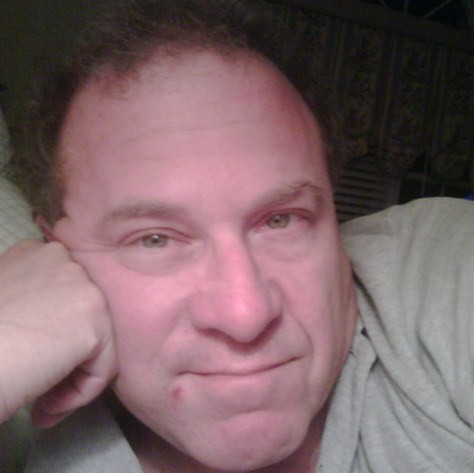Broadcast 3/14/2010 at 7:07 PM EDT (24 Listens, 38 Downloads, 1685 Itunes)
Rob Kall Futurehealth Radio Show Podcast
| Copyright © FutureHealth Administrator, All Rights Reserved. Do not duplicate or post on youtube or other sites without express permission. Creative commons permissions for this site do not apply to audio content or transcripts of audio content. | ||||
Bringing New Understanding to the Director's CutÂ
James Cutting is a Professor of Psychology in the Department
of Psychology at Cornell University.
Professor Cutting's current research interests lie in film, art,
culture,
and psychology; his continuing interests include the perception of
motion,
depth, and layout; event perception; and structural and functional
analyses
of perceptual stimuli.
Professor Cutting received his Ph.D. from Yale University and is a past editor of Psychological Science.
Interview notesPattern found in pulsars, heart beat, tides-- a pattern of complexity
Found that contemporary films do it more
The name of the pattern is 1/f
Waves that course through our daily life.
generate a patter in which we're on in one instant and not on in another instant
This pattern is a... a signo of complexity in our modern life.
Measured shots in 150 films. Compared shot lengths in a movie across time.
1500-2500 shots each Contemporary about 4 seconds average.
You have burst of activity and one of the ways that represents itself is shorter shots.
Dialogue sequences alternate in the domain of 4 or 5 seconds
What does it mean psychologically.
Because it's a signature of complexity, it's a recognition that we are complex creatures.
Everyone has attention that waxes and wanes.
What's new is that there's this kind of pattern that's found in lots of different places.
Pattern doesn't make a better move. It may make a movie that holds our attention better.
attention-grabbingness vs. quality.
Film Noir films, made after WWII. Shot lengths are random-- no pulse.
Studio era-- a lot of controls that came from top down to editors
afterwards, filmakers became more independent, particularly editors.
waves are measured in duration.
Jumanji. correlational structure. --- wave 231 shots about 15 minutes repeating
Every time you are presented with something new, you need to refocus. The fild is driving your attention.
With different time spans
Chose highest grossest films from 15 different years ten for each year.
Used IMDB.com to find highest rated movies.
Films from five different genres. action, comedy, action,
Linguistic study of sentence lengths in stories. They may follow a 1/f pattern too.
silent movies-- shot lengths started at 15 seconds then dropped to 5 seconds.
With sound, shot length burges to 10-12 seconds.
In '62 declines to about 4 seconds.
People say that shot length got shorter, related to ADHD.
Silent era movies suggest it was the story-telling that drove the shot length.
Hitchcock 30 steps 10-12 seconds, but has 1/f pattern
Hunt of red october 4-5 second shot length average but 1/f
Quantum of solace has average shot length of 1.5
Hearts pulse, gets people involved. I found it at the edge of being frenetic.
Opening chase scenes of 1 second
RK:Â People under 30 have developed different psychology.
Loren Carpenter-- computer engineer who worked at Lucas Films. Worked at Boeing to study turbulence around wings.
Synthesized first computer graphic movie "VeauLibra" Free Flight shown at SIGGRAPH 39:
Movies and technology can drive everyone to new states.
a lot more variablility now than there was in 1935 or 1960
Action films have faster shot length. Drama have 4-5 seconds.
The notion of an average shot length for a given film in a given year--
application to advertisements
need at least 250 or 500 shots to be sure you have the 1/f pattern.
Early hollywood films were not 1/f
When you look at complexity in the human mind and other things is 1/f.
People with ADHD don't have the 1/f pattern.
reaction times variation time is 1/f. ADHD people don't generate that pattern. They have more tlike 1/f squared--
a lot more motion and action in newer movies-- a linear trend.
there's something about a lot of activity in movies that slakes off our need for activity, or enhances our need for activity.
Http://people.psych.cornell.edu/~jec7Â Â http://bit.ly/jecutter
Size: 24,219,776 -- 1 hrs, 7 min, 15 sec








